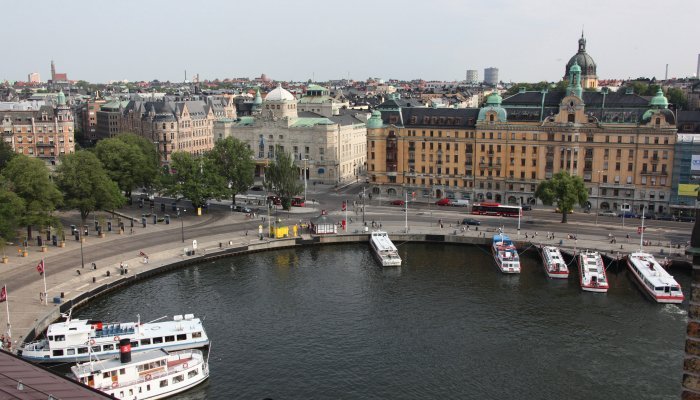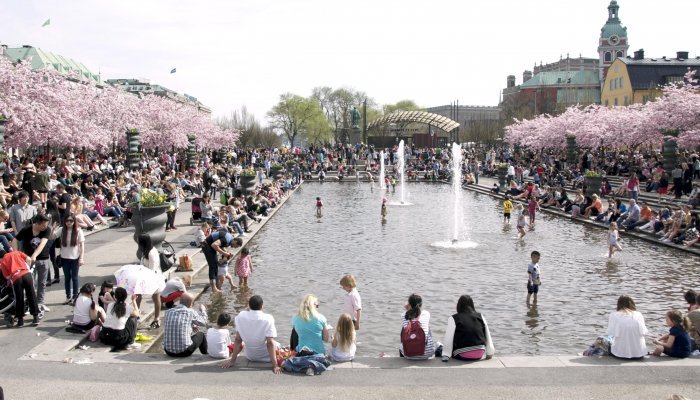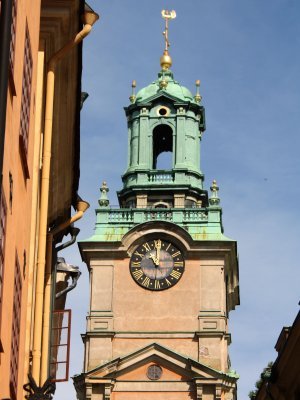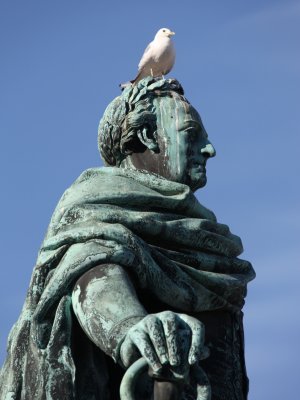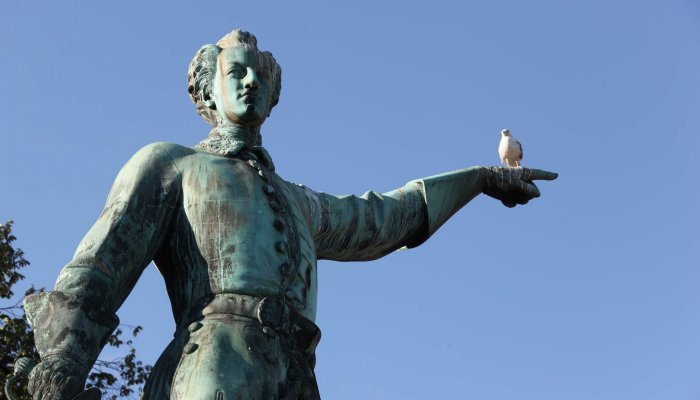I like the lilt of the Swedish language, and their flag – a yellow cross on a blue background. This annoys my husband, whose passion for the Dannerbrog verges on obsessive. The Danish flag aka Dannerbrog – a white cross on a red background, adorns socks, crockery, every garden in Denmark, and our study in Joburg. Failing to display it marks you as a foreigner, or worse, an anarchist.
“Yellow, the colour of Swedish teeth, is for cowards,” asserts my husband “Red represents the blood of our hearts, the force of the Dan tribe.”
Who knew? Changing the subject, I praise my hotel breakfast pastry.
“Delicious! Even better than the ones in Copenhagen.”
“Blasphemy,” hisses hubby. “Everyone knows what a Danish is but there’s no such thing as a Swedish when it comes to tarts.”
English is not his first language, so I let that pass. Something we do agree on, though, is that Swedes are the world’s worst drivers, sticking to the 120km/h limit in the fast lane, irrespective of mile-long queues behind them.
I’ve seen wheelbarrows driven with more zip.
Gung ho overtaking is a no go, thanks to the judicious enforcement of “Fart Kontrol” where speeding fines are based on income. The more you earn, the more you’ll pay. That’s Swedish egalitarianism for you. Equal punishment for all!
In Stockholm, summer is celebrated in Kungsträdgården with open-air concerts where singers of varying talents yodel tender entreaties at old men hunched over chessboards. Lovers kiss, and teens cool their feet in the fountains.

Two statues of kings called Carl – a popular name with Swedish royalty – dominate the park. Carl XII, the last Viking King, points a sword eastward; his menacing posture somewhat diminished by the seagulls crapping on his head. Despite four lions flanking his statue, the other Carl (XIII) was regarded as a coward, who sought political advice from dubious soothsayers.
With Lake Malaren at its back and the Baltic Sea in front, Stockholm is easily navigable. Around 60 bridges link the 14-island archipelago that forms this composite city arranged in meatball-sized portions.
A stroll through Gamla Stan, the original medieval Stockholm, unfolds teasing reflections of baroque buildings broken up by sailing boats in the filigree of waterways. Alleys twinkle through arches. Everywhere, the water calls to you.
The salvaged Vasa, a 17th-century wooden ship that sank on its maiden voyage, is worth seeing. Around 50 of 150 passengers drowned, including the ship’s cat. The Vasa, then the biggest warship afloat, recalls Sweden’s history as a bellicose nation given to beheading transgressors with impunity.
Then, thanks to some sort of schnapps and reindeer stew-induced revelation, they did an about-turn and Swedes today are a tax paying, authority-obeying lot. Committed to social welfare, their borders are now wide open to immigrants. Is this a good thing? Judging by the country’s high rape statistics, jag vet inte.



